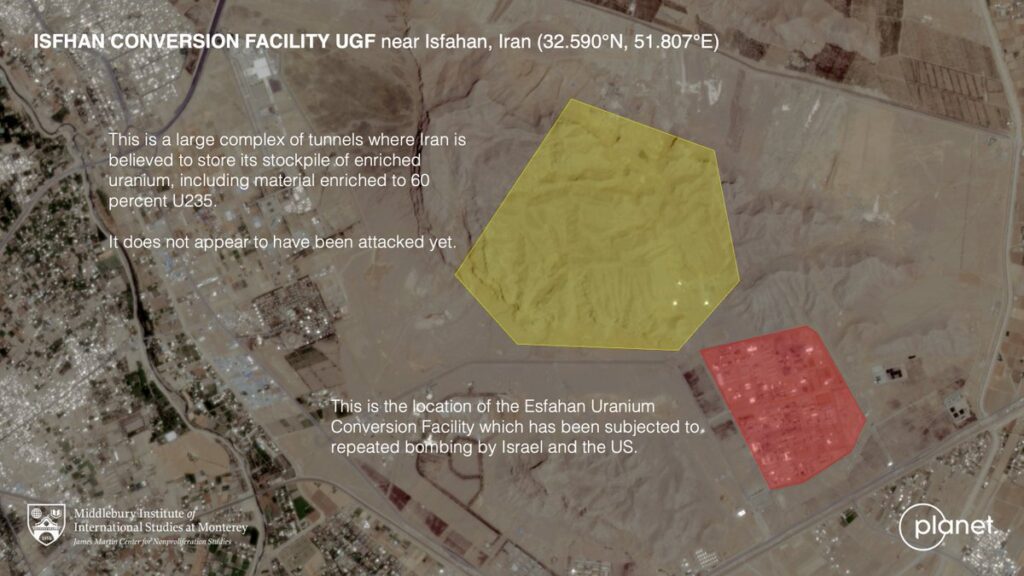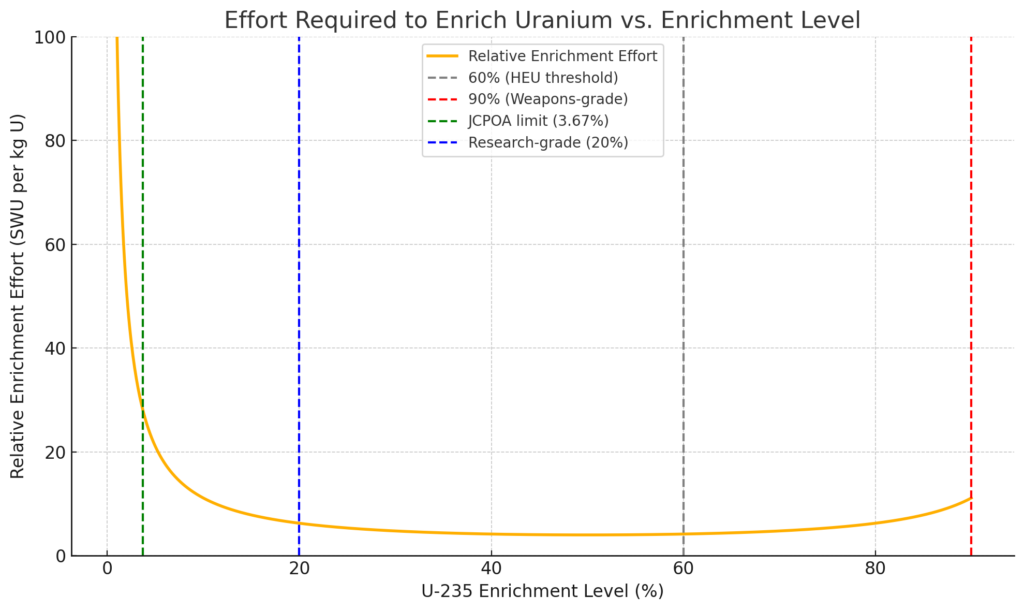Asian currency performance update – Moderate weakness in absolute and relative terms
Asian currencies, bar the safe-haven Japanese Yen and Philippines Peso, have come under greater pressure this week as the number of reported coronavirus cases in China (and now 23 other countries) and reported deaths in China has increased (see Figure 1).
A GDP-weighted basket on Non-Japan Asian (NJA) currencies, excluding the Chinese Renminbi, which had been stable versus the US Dollar between end-year and 17th January, has since depreciated about 1.4%, according to our estimates (see Figure 2). While NJA currency weakness has been non-negligible, particularly in the context of low daily volatility in Dollar-Asia crosses in recent years, it has been broadly in line with the pace of depreciation recorded in other emerging market currency blocks.
- GDP-weighted baskets of Latin American and Central European currencies have depreciated by respectively 1.7% and 1.3%;
- Currencies of oil exporting nations (Norwegian Krone, Russian Rouble) have depreciated about 3%;
- The Australian and New Zealand Dollars have both weakened about 2.5% versus the US Dollar since 17th January (see below).
As noted in Asian currencies showing some viral resistance (28 January 2020) NJA currencies, with the exception of the Korean Won and Thai Baht, have on the whole held up reasonably well (and better than perhaps would have been expected). We suspect that NJA central banks, and in particular Bank Indonesia, the Monetary Authority of Singapore and Reserve Bank of India, have been intervening in the FX market to counter depreciation pressures and slow the pace of depreciation. More generally, we note that high-yielding emerging market currencies have held up reasonably, with a GDP-weighted basket of eight EM currencies, also down only 1.3% versus the US Dollar since 17th January (see Figure 2).
Thai and Korean central banks seemingly more willing to allow currency weakness
- The pace of Korean Won depreciation has accelerated rapidly. The Won Nominal Effective Exchange Rate (NEER) is down nearly 3% since mid-December, having only just bounced back in Q4 2019 from a nine-month downturn. Indeed the Bank of Korea was seemingly willing to allow the Won NEER to weaken about 8.5% between late-2018 and mid-August 2019 to counter the negative impact of the US-China trade war on the Korean economy. It would seem that the Bank of Korea is once again prepared to let Won depreciation act as a counter to weaker domestic regional trade and economic growth in the context of the coronavirus.
- The Thai Baht, already down 2.1% versus the US Dollar in the first half of January, has weakened a further 2.5%. The fact that China is Thailand’s largest export destination (12% of total merchandise exports) and source of tourists (29% of total) will have likely weighed on current account inflows into Thailand and exacerbated capital outflows, in our view.
However the Baht Nominal Effective Exchange Rate (NEER) is still up 1.8% in the past 12 months and down only 3.8% from the 22-year high recorded on 31st December 2019 and the Thai Baht was arguably ripe for a correction. While the Bank of Thailand may try to slow the pace of Baht depreciation it is not obvious to us that it is close to putting a hard floor under its currency.
- The Singapore and Taiwan Dollars, broadly stable in the first half of January, have since depreciated about 1.4% and 1.2%, respectively.
- The high-yielding Indian Rupee and the Malaysian Ringgit have suffered reversals of fortune, with appreciation between end-2019 and 17th January turning to depreciation.
- The high-yielding Indonesian Rupiah has been unable to extend the 1.8% gain it made in the first half of January but has nevertheless been one of the best performing major currencies in the past fortnight.
The Philippines Peso is the only NJA currency to have performed (slightly) better in the second half of January, depreciating by 0.3% versus 0.5% in the first half of January.
All eyes on USD/CNY fix on 3rd February – PBoC likely to have learnt from past “mistakes”
The onshore Renminbi market (USD/CNY) has been closed for the Chinese New Year since 24th January but the offshore (USD/CNH) Renminbi market has remained opened. The offshore Renminbi has weakened about 1.8% versus the US Dollar in the past fortnight after having appreciated about 1.4% in the previous fortnight (see Figure 2). Assuming that USD/CNY would have traded similarly to USD/CNH during the market holiday, we estimate that USD/CNY would currently be trading just below 7.00, up from 6.9367 on 23rd January.
The level at which the People’s Bank of China (PBoC) fixes USD/CNY – around which USD/CNY spot is allowed to trade in a +/- 2% band – when markets re-open on 3rd February will be indicative of the pressure on the onshore Renminbi and the extent to which the PBoC is willing to counter such market pressures. The PBoC last fixed USD/CNY at 6.8876 on 23rd January.
We expect the PBoC set its daily fix higher on 3rd February in line with the move higher in USD/CNH spot, even if it means intervening in the FX market (selling Dollars/FX reserves) to support the onshore Renminbi. We think it will avoid fixing USD/CNY materially higher to avoid the risk of markets pricing in further significant currency weakness and stoking significant capital outflows from China. We think the PBoC has learnt is lesson from its August 2015 “devaluation” which caused major ripples in Asian currency markets and forced Chinese policy-makers to introduce stringent capital controls.
Australian Dollar at 11-year low, Kiwi Dollar at bottom of 2-month range
The AUD/USD cross has not fallen more than 1% since 24th April 2019, according to our calculations using daily closing prices, but compounded over weeks, months and years daily downmoves have amounted to a material trend deprecation in the Australian Dollar – a timely reminder, at the risk of stating the obvious, that low FX volatility does not preclude significant directionality and a point we made six months ago (see FX Vol gone AWOL, directionality has not, 19 July 2019).
Indeed we estimate using Reserve Bank of Australia (RBA) data that the Australian Dollar NEER has weakened 5.6% in the past 12 months and is now at its weakest level in nearly 12 years, or since 1st April 2009 to be precise (see Figure 3). The RBA has arguably privileged a weak Australian Dollar policy and money managers (including sovereign wealth funds) have obliged, in our view. The question now is whether, once the coronavirus and Australian wildfires have been contained and rolled back, the Australian Dollar will be seen as structurally “cheap” and prone to a bounce.
The New Zealand Dollar NEER is currently at the bottom of a two-month range, according to our estimates, but its 2.6% slide from a five-month high on 30th December has been arguably far less dramatic than the Australian Dollar’s (see Figure 4). We would flag a number of factors which helped propel the Kiwi Dollar’s end-year rally, including:
- The Reserve Bank of New Zealand’s less stringent than expected banking capital requirements;
- The RBNZ’s decision to leave its policy rate unchanged at 1.00% at its meeting in November (against a consensus forecast of a 25bp rate cut);
- The government’s announcement of a fiscally stimulative budget on 11th December;
- A pick-up in the domestic housing market;
- Typically positive currency seasonality in December; and
- The trend narrowing of New Zealand’s merchandise trade deficit in 2019.
New Zealand’s seasonally adjusted trade deficit fell to NZD 846mn in Q4 from NZD 1.5bn in Q3 with the 12-month rolling deficit falling to an 18-month low of NZD 4.3bn in December, according to our estimates (see Figure 5). Import growth continued to slow in 2019 (+1.3% in 2019) but export growth (+4.7%) was more stable in August-December 2019. Headline export growth – which has been buoyed by rising meat exports (including to China) in the past three years – may come under pressure and the trend-narrowing in the trade deficit reverse, at least near-term, due to the recent coronavirus outbreak’s impact on regional trade.
The RBNZ may also welcome some Kiwi Dollar weakness given the risks to domestic and global economic growth in coming months. Looking further out, however, we would expect (modest) Kiwi Dollar appreciation pressures to once again dominate.
The outperformers – Safe-haven Japanese Yen and Swiss Franc… and Sterling
Perhaps unsurprisingly, the safe-haven Japanese Yen and to a lesser extent Swiss Franc have performed strongly in the past two weeks.
The USD/JPY cross has fallen 1.2% (see Figure 2) but in NEER terms the Yen has appreciated only 0.6% year-to-date and remains well within its longer-tem range (see Figure 6). At these levels the Bank of Japan is more likely to manage the pace of Yen upside then enforce a hard ceiling, in our view.
The Swiss Franc has traded flat versus the Dollar but the Franc NEER has still managed to appreciate 1% year-to-date and 5.5% in the past twelve months to its strongest level since late-June 2015 (see Figure 7). A record high Swiss merchandise trade surplus in 2019 ($38.5bn) and the Swiss Franc’s significant real-yield advantage over the Euro have likely been significant factors behind the Swiss Franc’s outperformance.
Moreover, the US Treasury’s re-inclusion a fortnight ago of the Swiss Franc to its monitoring list of potential currency manipulators has likely contributed to the Swiss National Bank’s so far only half-hearted attempt to slow currency appreciation and to market expectations that the SNB is more likely to hike than cut its
-0.75% policy rate.
However, Swiss GDP growth was modest at below 0.4% qoq on average between Q1 and Q3 2019 and only 1% yoy in Q3, due partly to Switzerland’s close ties to slowing Eurozone growth, while headline CPI-inflation continues to hover around zero in year-on-year terms. The near-term outlook for Swiss growth and inflation does not look particularly promising, with reports of Swiss luxury retail groups having suffered in recent weeks from a fall in Chinese tourism and consumption in the wake of the coronavirus outbreak.
Moreover, the SNB has precedent, having materially weakened an “over-valued” Franc in July 2017 (see Figure 7). While markets seem to have discounted the odds of the SNB taking more forceful action against its currency’s appreciation we think those odds are non-negligible.
We will address the outlook for Sterling in our forthcoming FIRMS.












